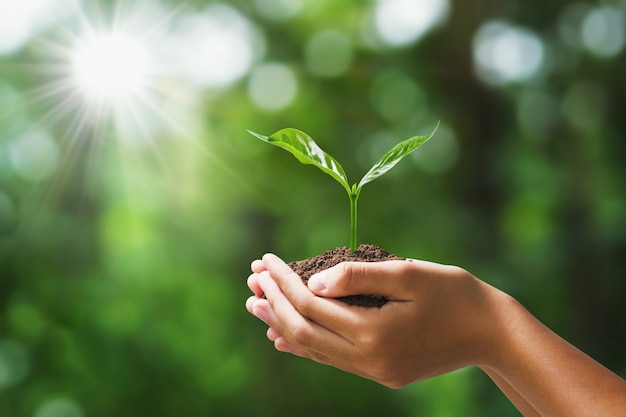There are approximately 400,000 known plant species on earth and certainly thousands more yet to be discovered. From those known 400,000 it is argued that (more than) half of them are edible for humans. But humans have chosen to only eat 200 species, pretty unadventurous for humans who claim that they are adventurous beings. Approximately two thousand plant species are discovered every year. The question you may ask yourself is, why must we care about the plants?

The answer to this question is not very complicated yet not understood by many. Plants in relation with microbes in the soil are the foundation to our ecosystems and basically the foundations of the world’s survival and also ours. It is known that plants are the providers of the oxygen we breathe. That is not all, they provide us with delicious fruits, nuts, leaves and also other edible parts of them. Besides being edible, most of them serve for medicinal purposes in traditional and some pharmaceutical drugs and medicines. Larger trees also provide wood for us to build our houses, make furniture, art and tools. To make a long story short, they have a multitude of benefits for humans and other animals.

Until now you haven’t seen why we should change the way we treat our plants. This may shock you, but around one fifth of plants may disappear from this planet if we do not change our ways of living. How come? The answer is simple: climate change! Human activities on this planet are undoubtedly the reasons our climate is changing so rapidly. Unlike humans, plants can not take their belongings and move to a better place that easily. The rising temperatures of our planet will cause a lot of plants to disappear and that will have a ripple effect on the whole ecosystem and ultimately on humans. Also other human activities where nature needs more time than normal to recover itself, may further bring an imbalance to the environment. These are just a few of many reasons how we are hurting the plant population, but there is hope.
First and foremost we need to change our behaviour in every way possible, so that it can benefit the planet. This may be done by not supporting industries that contribute to excessive emission of greenhouse gasses. Secondly, read more about plants in your direct environment and how they protect our planet. Thirdly, engage in restoration and conservation of ecosystems.
To conclude this blog I can not stress this enough that we need to change our ways. Not changing our ways will come back and bite us. There is no harm in taking preventive measures. The sad part is that some of the plants will not survive the rapid changes that are here and are coming, but it is not too late to keep the effects to a minimum. The plants have taken care of us for as long as we have roamed the earth, let us all for once do ourselves a favor and help the plants so that they can help us. The planet calls on all of us to help protect our heroes, will you do your part?
See you soon and remember, there is no such thing as knowing too much.
Missed my previous blog?
Read it here: Nut Or Not?

Comments
Post a Comment